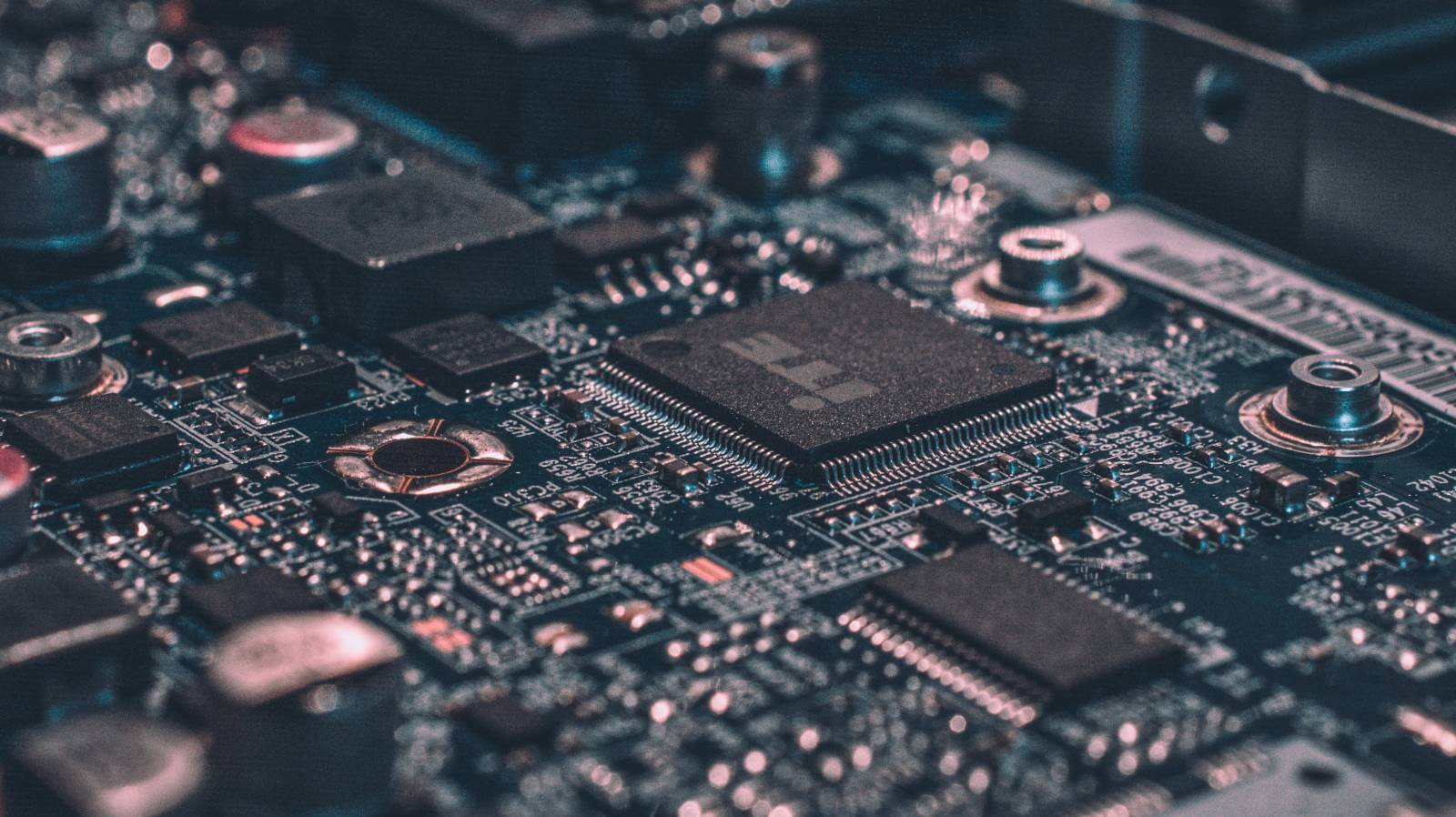Duration: 2022-2023
Programme : H2020 – ECSEL
Topic: ECSEL-2019-1-IA
Link: Click here
Digitalization had been one of the primary key factors for the modern renaissance of the competitive European manufacturing industries. But, due to the harsh environmental conditions of the manufacturing processes and end-use environments, the implementation of digitalization and IoT-related opportunities is hindered. CHARM, initiated by the ECSEL-IA 2019 project, focuses on solving the impediment by developing ECS technologies that are tolerant of these harsh industrial environments. The concept of CHARM works on a given set of various real industrial challenges from different end-use industries.
Objectives
-
- The CHARM ECSEL JU project aims to develop industrial IoT solutions with an improved tolerance towards harsh industrial surroundings.
- The digitalisation of the European manufacturing industries is the key to their continuous renewal and competitiveness. Harsh environmental conditions in manufacturing processes and end-user environments may slow down the opportunities brought by IoT (Internet of Things) and AI (Artificial Intelligence). The CHARM project is set to solve this challenge.
CHARM works on use cases from six different industry sectors, brought forward by leading market leaders that belong to the world market leaders of their own sectors. The planned demonstrators engage these big players with European ECS value chains and showcase capabilities that serve manufacturing industries’ needs at large. The new technologies to be developed include novel multi-gas sensors, robust high temperature and pressure sensors, flexible sensors for paper machine rolls, wireless power transfer systems, connectivity solutions for rotating parts, advanced vision systems, and enablers for autonomous driving.
Industry Sectors
-
- Mining: Sandvik Mining and Construction Oy, FI
- Paper Mills: Valmet Technologies Oy, FI
- Machining: Tornos SA, CH
- Solar Panel Manufacturing Lines: Applied Materials Italia SRL, IT
- Nuclear power plants maintenance and decommissioning: ÚJV Řež a.s., CZ
- Professional digital printing: Océ-Technologies B.V, NL
CHARM consortium comprises 12 Small and Medium-sized Enterprises (SMEs), 14 Large Enterprises (LEs) and 12 Research and Technology Organisations(RTOs) covering the industrial value chains from simulations, sensors and components, packaging, integration and reliability, connectivity and cloud and cyber security solutions.
Impact
-
- The harsh environments-related challenges have similarities and the technological solutions have the potential to serve several types of industries, also those new to the traditional ECS ecosystem. Thus, introducing the new technology capabilities and delivering them to the market meet the needs of global markets as well.
- Reinforcing the Use Case owners by new competitiveness, business and growth and later also other manufacturing industries with similar needs. Providing the ECS technology enables companies with improved technological capabilities, competitiveness and growth opportunities by serving new value chains. RTOs’ and universities’ collaborations with new industrial partners and increased understanding of their needs enable R&D&I collaborations to foster new industrial sectors.
Role of FAST-Lab.
-
- Will participate in the system design by elaborating on the integration of the various sensors in the IoT platform of Sandvik, Valmet and UJV Rez use cases.
- Will support the requirement of data collection and IoT platform integration.
- Will participate in the communication technology selection to assure compatibility with the IoT platform.
- Collaborate in the development and testing of the IoT platform through FIWARE

Coordinator: VALMET TECHNOLOGIES OY; FINLAND
Participant Organizations:
- TAMPEREEN KORKEAKOULUSAATIO SR: FAST-Lab.
- TNOME OY: FINLAND
- SSH COMMUNICATIONS SECURITY OYJ: FINLAND
- BENEQ OY: FINLAND
- SANDVIK MINING AND CONSTRUCTION OY: FINLAND
- LAPIN AMMATTIKORKEAKOULU OY: FINLAND
- BESI AUSTRIA GMBH: AUSTRIA
- E + E ELEKTRONIK GMBH: AUSTRIA
- AT & S AUSTRIA TECHNOLOGIE & SYSTEMTECHNIK AKTIENGESELLSCHAFT: AUSTRIA
- MATERIALS CENTER LEOBEN FORSCHUNG GMBH: AUSTRIA
- QPLOX ENGINEERING: BELGIUM
- SYLVAC SA: SWITZERLAND
- TORNOS SA: SWITZERLAND
- CSEM CENTRE SUISSE D’ELECTRONIQUE ET DE MICROTECHNIQUE SA – RECHERCHE ET DEVELOPPEMENT: SWITZERLAND
- SMARTMOTION S.R.O: CZECHIA
- UJV REZ AS: CZECHIA
- ZAPADOCESKA UNIVERZITA V PLZNI: CZECHIA
- AIXACCT SYSTEMS GMBH: GERMANY
- INNOSENT GMBH: GERMANY
- PAC TECH – PACKAGING TECHNOLOGIES GMBH: GERMANY
- WURTH ELEKTRONIK GMBH & CO KG: GERMANY
- FRAUNHOFER GESELLSCHAFT ZUR FORDERUNG DER ANGEWANDTEN FORSCHUNG EV: GERMANY
- TECHNISCHE UNIVERSITAET CHEMNITZ: GERMANY
- LUNA GEBER ENGINEERING SRL: ITALY
- QUANTAVIS SRL: ITALY
- APPLIED MATERIALS ITALIA SRL: ITALY
- CONSORZIO NAZIONALE INTERUNIVERSITARIO PER LA NANOELETTRONICA: ITALY
- UNIVERSITA DI PISA; ITALY (3RD PARTY)
- UNIVERSITA DEGLI STUDI DI PERUGIA; ITALY(3RD PARTY)
- SAF TEHNIKA AS: LATVIA
- RIGAS TEHNISKA UNIVERSITATE: LATVIA
- REDEN B.V.: NETHERLANDS
- TIPB TOEGEPASTE INDUSTRIELE PROCESBEHEERSING: NETHERLANDS
- BESI NETHERLANDS BV: NETHERLANDS
- CANON PRODUCTION PRINTING NETHERLANDS BV: NETHERLANDS
- STICHTING IMEC NEDERLAND: NETHERLANDS
- TECHNISCHE UNIVERSITEIT DELFT: NETHERLANDS
- SIEC BADAWCZA LUKASIEWICZ – INSTYTUT MIKROELEKTRONIKI I FOTONIKI: POLAND

This project has received funding from the ECSEL Joint Undertaking (JU) under grant agreement No 876362. The JU receives support from the European Union’s Horizon 2020 research and innovation programme and Finland, Austria, Belgium, Czechia, Germany, Italy, Latvia, Netherlands, Poland, and Switzerland.Neither the European Commission(EC) or any person acting on behalf of the commission is responsible for how the following information used. The views expressed in this publication are the sole responsibility of the authors and do not necessarily reflect the views of the EC.

